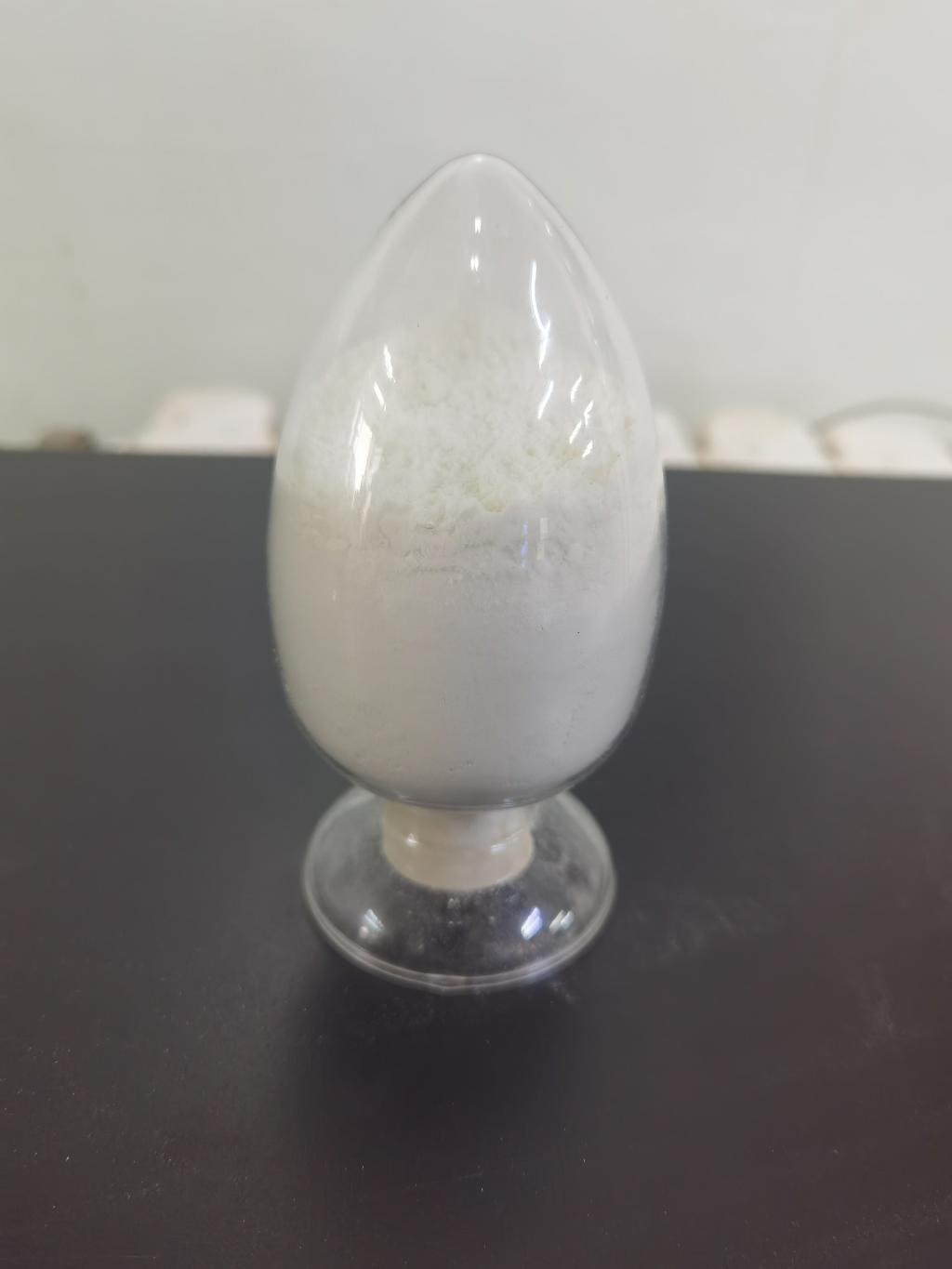Tel:+8618231198596

News
 CONTACT
CONTACT
 CONTACT
CONTACT
- Linkman:Linda Yao
- Tel: +8618231198596
- Email:linda.yao@dcpharma.cn
- Linkman:CHARLES.WANG
- Department:Overseas
- Tel: 0086 0311-85537378 0086 0311-85539701
News
ε-Polylysine Hydrochloride's Synergy with Other Natural Preservatives: A Winning Combination
TIME:2024-01-02
The Demand for Natural Preservatives:
Consumer preferences for clean labels and minimal processing have fueled the search for natural alternatives to synthetic preservatives in the food industry. The drive towards sustainability and health-conscious choices has prompted manufacturers to explore synergistic combinations of natural preservatives to meet both regulatory requirements and consumer expectations.
Understanding ε-Polylysine Hydrochloride:
ε-Polylysine Hydrochloride is a cationic polypeptide derived from bacterial fermentation, particularly Streptomyces albulus. Its antimicrobial properties, especially against Gram-positive bacteria, make it a promising natural preservative. The synergy between ε-Polylysine Hydrochloride and other natural preservatives provides an innovative approach to enhancing the efficacy of preservation systems.
Synergy in Preservatives: A Brief Overview:
Synergy refers to the cooperative interaction between two or more components that results in an effect greater than the sum of their individual effects. In the context of food preservation, combining preservatives synergistically can enhance antimicrobial activity, broaden the spectrum of efficacy, and potentially reduce the required concentrations of each component, addressing concerns related to taste and odor.
Synergistic Potential of ε-Polylysine Hydrochloride:
Studies suggest that ε-Polylysine Hydrochloride exhibits synergistic effects when combined with other natural preservatives. This synergy can enhance its antimicrobial activity against a broader range of microorganisms, including both Gram-positive and Gram-negative bacteria. The combination of ε-Polylysine Hydrochloride with other preservatives may result in a more robust and effective preservation system.
Complementary Mechanisms of Action:
One of the keys to successful synergy lies in the complementary mechanisms of action among preservatives. While ε-Polylysine Hydrochloride disrupts bacterial cell walls, other natural preservatives may target different cellular structures or metabolic pathways. This diversity in action can create a formidable barrier against microbial growth, reducing the risk of resistance development.
Applications in Various Food Matrices:
The synergistic combination of ε-Polylysine Hydrochloride with other natural preservatives finds applications across diverse food matrices. From dairy products and beverages to meat and baked goods, the flexibility of these combinations allows for tailored solutions that address specific preservation challenges in different food categories.
Enhanced Food Safety:
The primary goal of combining ε-Polylysine Hydrochloride with other natural preservatives is to enhance food safety. The synergistic effects create a more robust defense against spoilage microorganisms and pathogens, contributing to an extended shelf life for products. This not only ensures the safety of the food but also reduces the likelihood of foodborne illnesses.
Clean Label Trends and Consumer Perception:
Clean label trends, characterized by a preference for minimal and recognizable ingredients, are a driving force in the food industry. The combination of ε-Polylysine Hydrochloride with other natural preservatives aligns with these trends, offering manufacturers the ability to create effective preservation systems while meeting consumer expectations for clean and transparent labels.
Sustainable Preservation Practices:
The synergy between ε-Polylysine Hydrochloride and other natural preservatives contributes to sustainability in food preservation. By utilizing natural compounds with complementary mechanisms of action, the need for synthetic preservatives and potentially harmful chemicals can be reduced. This aligns with broader industry goals of promoting environmentally friendly and sustainable practices.
Challenges and Considerations:
While the synergy between ε-Polylysine Hydrochloride and other natural preservatives presents exciting possibilities, challenges must be navigated. Factors such as optimal dosage, potential interactions, and the impact on sensory attributes require careful consideration. Collaborative efforts between researchers, food scientists, and industry professionals are crucial for overcoming these challenges and unlocking the full potential of synergistic preservation systems.
Regulatory Considerations:
The combination of ε-Polylysine Hydrochloride with other natural preservatives necessitates adherence to regulatory guidelines. Each component must be individually approved, and the combination should comply with regional regulations. Ensuring regulatory compliance is essential for the successful integration of synergistic preservation systems into the food industry.
Future Directions and Research Opportunities:
The exploration of synergies between ε-Polylysine Hydrochloride and other natural preservatives opens avenues for future research. Investigations into optimal combinations, dosage levels, and applications in specific food matrices can provide valuable insights. Additionally, assessing the long-term stability and safety of these synergistic systems will be critical for their successful implementation.
Conclusion:
The combination of ε-Polylysine Hydrochloride with other natural preservatives represents a promising frontier in the pursuit of effective and sustainable food preservation. The synergistic effects observed can lead to enhanced food safety, extended shelf life, and improved consumer perception. As the food industry continues to evolve, the synergy between ε-Polylysine Hydrochloride and other natural preservatives stands out as a winning combination that aligns with the industry's goals of meeting consumer demands for clean labels, sustainability, and safe, high-quality food products.
- Tel:+8618231198596
- Whatsapp:18231198596
- Chat With Skype







